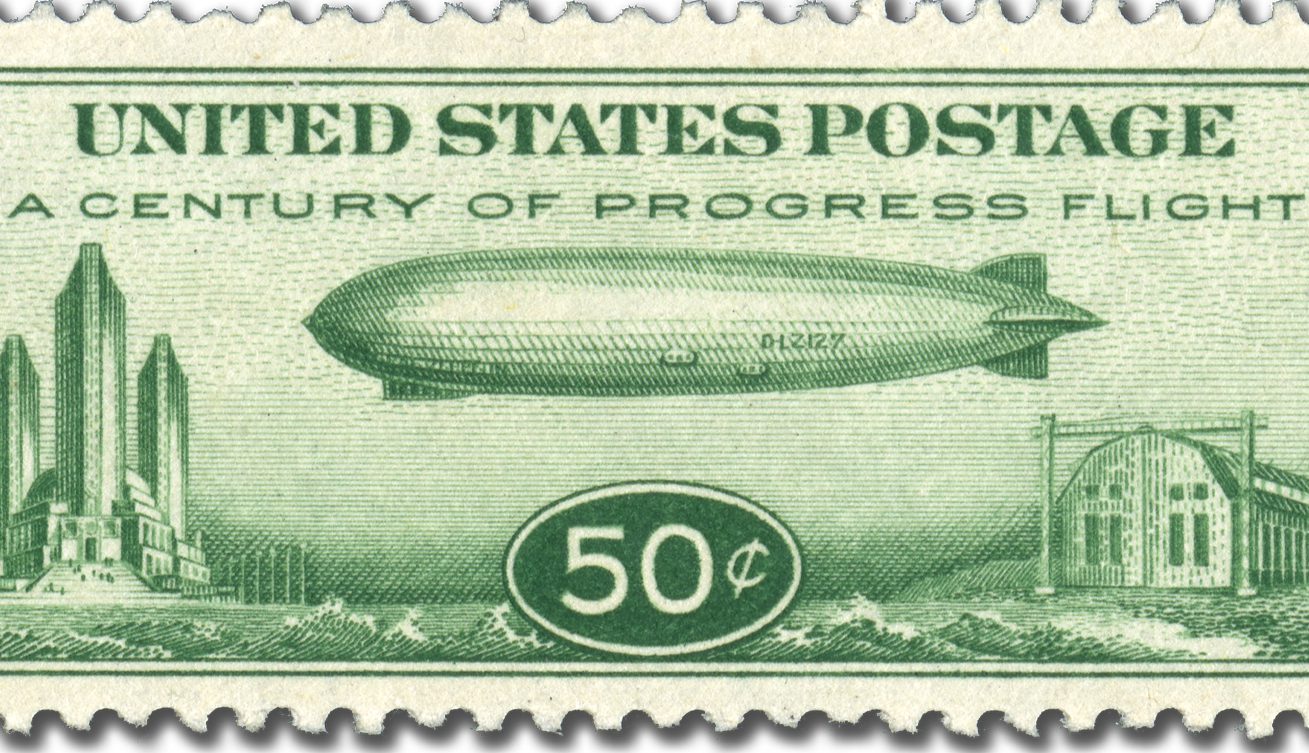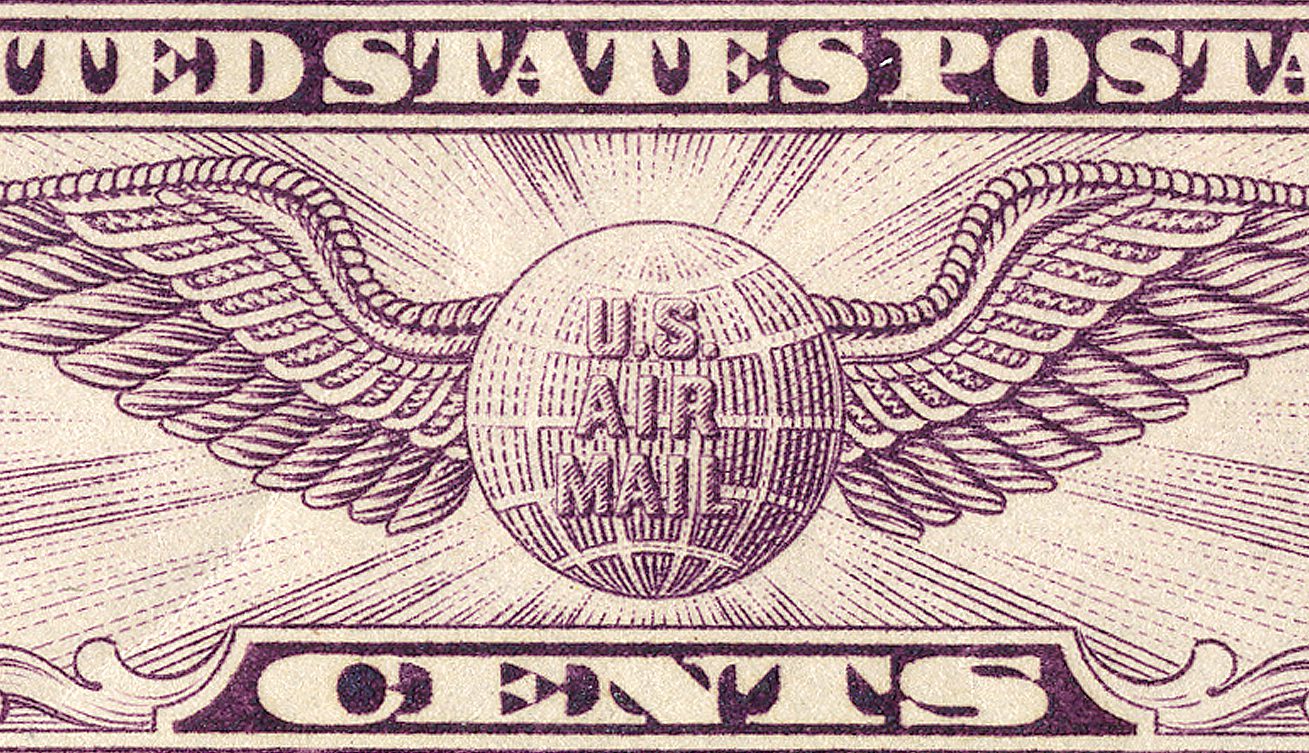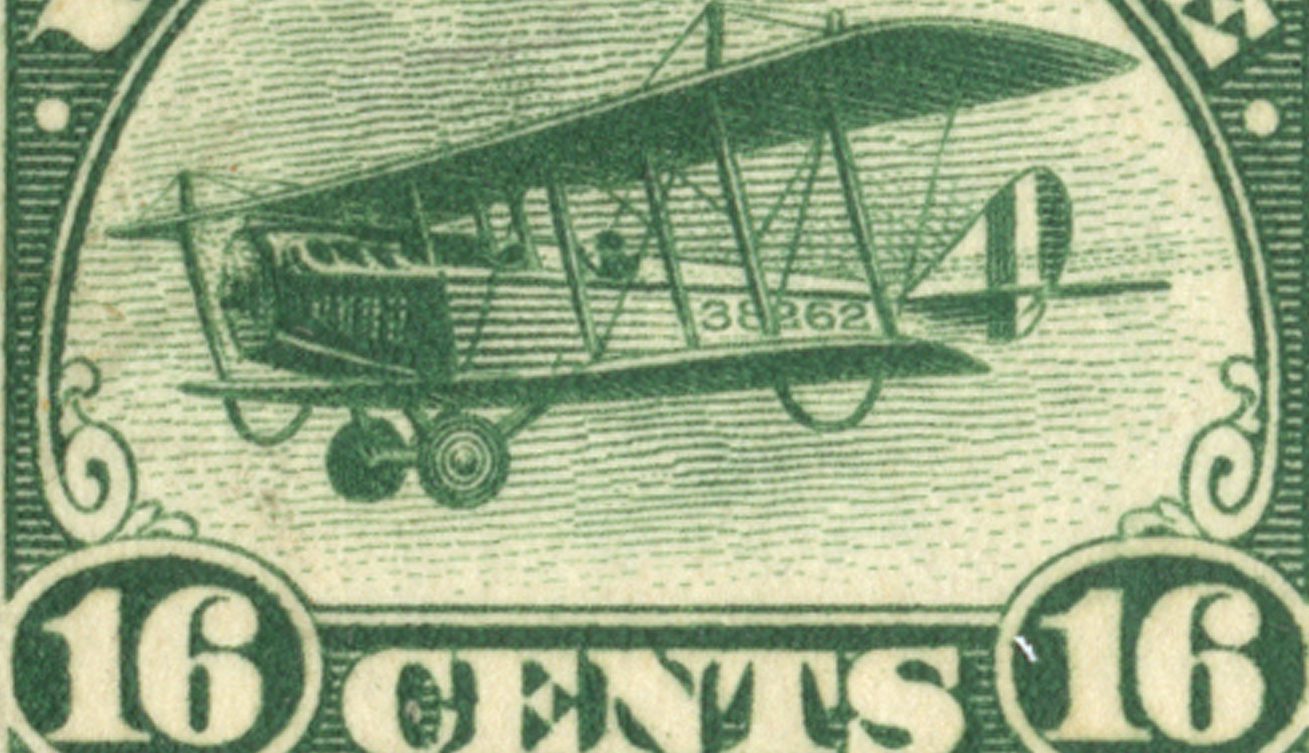First Flown Letter in America
On January 9, 1793, Jean-Pierre Blanchard carried the first letter by hot air balloon in America. The letter came from President George Washington, an avid balloon enthusiast.

On January 9, 1793, Jean-Pierre Blanchard carried the first letter by hot air balloon in America. The letter came from President George Washington, an avid balloon enthusiast.

On December 17, 1925, the seven-week court-martial of World War I aviation pioneer Billy Mitchell came to an end. He was charged for his public criticism of the military in its rejection of the importance of air power.

On December 15, 1944, big band leader and composer Glenn Miller was aboard a plane that disappeared over the English Channel. Miller had put his successful civilian music career on hold to serve in the US Army during World War II.

On November 28, 1922, skywriting was first used for advertising in American skies. It quickly grew in popularity, with advertisers finding a new way to deliver messages to a wider audience.

On October 2, 1933, the Century of Progress airmail stamp, affectionately known as “Baby Zepp” was issued. It sold poorly at the time and 90% of the stamps were destroyed, leaving a relatively small number available today.

On September 28, 1933, an investigation was launched into the awarding of contracts for airmail flights. The Airmail Fiasco, as it was also known, eventually led to wide-scale improvements to the airline industry and modernization of the Army Air Corps.

On September 23, 1978, the USPS issued the first stamps in its Pioneers of Aviation Series. The series would span more than 20 years and include 18 stamps honoring some of America’s most legendary aviators and their aircraft.

On August 12, 1918, the US Post Office Department took over control of airmail service from the US Army Air Service. Under the Post Office Department, the service flourished, leading to transcontinental airmail service, which was eventually taken over by private companies.

On August 8, 1908, the Wright Brothers conducted their first public flight at the Hunaudieres racecourse near Le Mans, France. The flight, and the others that followed, helped the brothers earn international recognition as the inventors of the airplane.